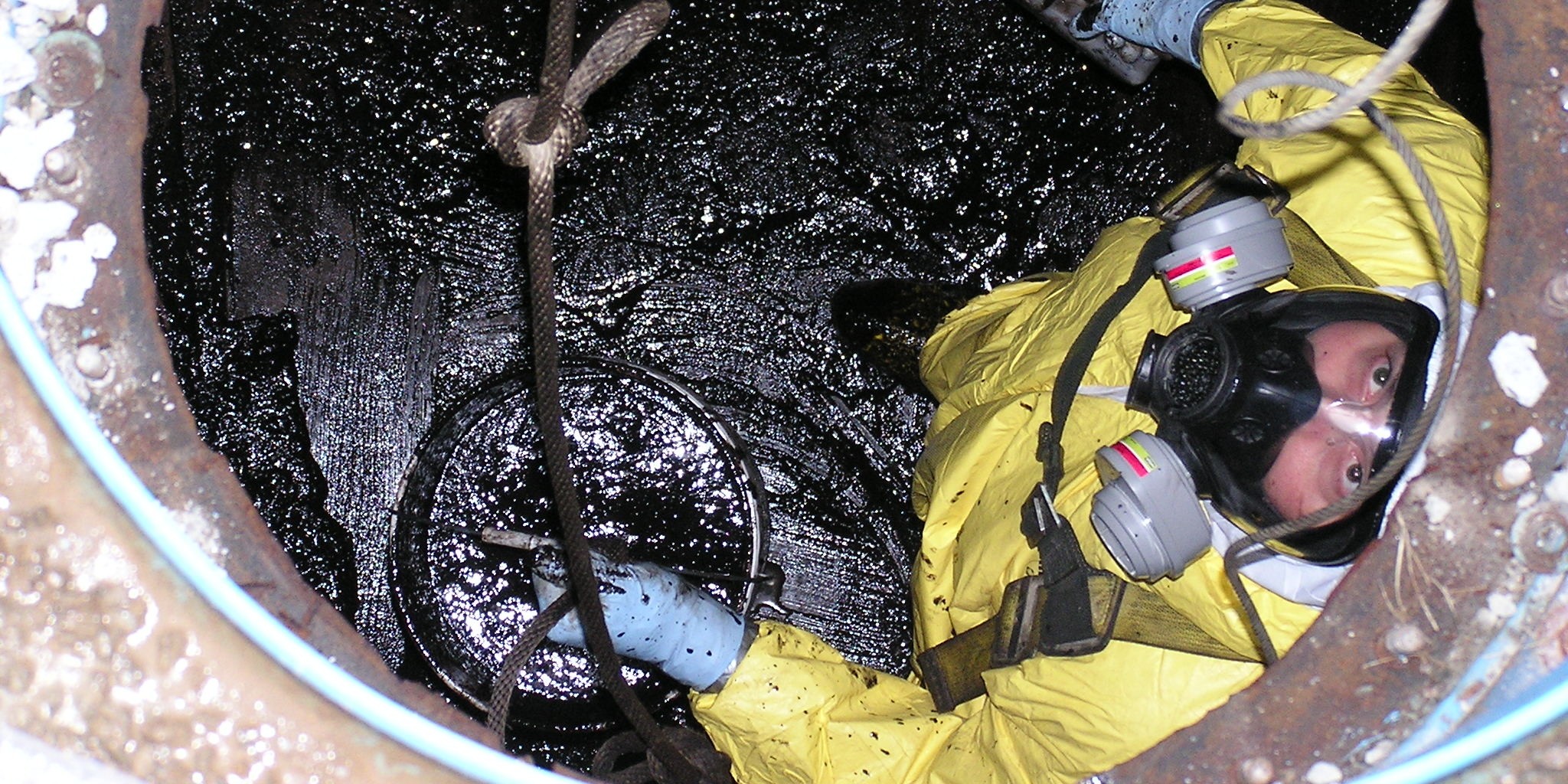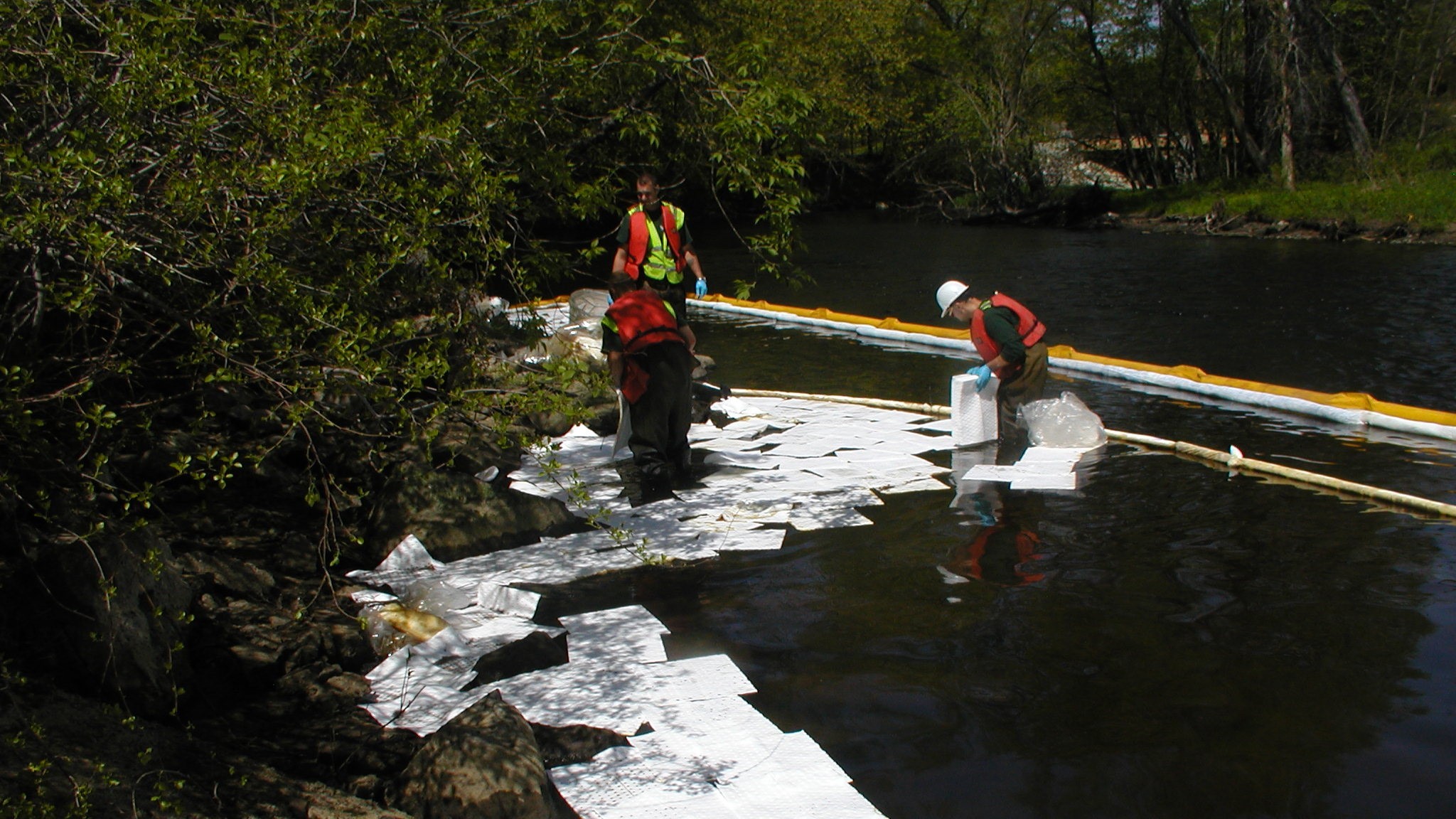Oil is difficult to clean up, and its environmental impacts are both well-documented and severe. Hence, it comes as no surprise that there are a lot of regulations and requirements surrounding oil and other petroleum products for both homes and businesses. But where do oil spills and contamination occur, and what oil clean-up efforts are required? Today, we look at
The safety of your workers and the proper maintenance and cleaning of your machinery are both vital to the success of your business, but what happens when the two are in conflict? Some spaces, such as tanks, utility tunnels, and crawl spaces in industrial zones, pose too much of a risk for normal workers. These
Whether you’re a homeowner dealing with an oil furnace leak or a business making sure you’re covered in the event of an accident that includes hazardous materials or waste, it’s important to know about the circumstances surrounding hazardous waste incidents and the types of insurance coverage available. A key part of insurance for hazardous waste—private or commercial—is understanding the risks
Pressure washing is a tool in many cleaners’ toolboxes, but the equipment, training, and specialization needed when it comes to industrial pressure washing means that when the circumstances come to need industrial pressure washing, you want to make sure you’ve got the best contractor for the job. The unique needs of an industrial site, from the requirements of high uptime
Every business should plan for emergencies, including risk assessment, emergency planning, and creating a disaster recovery plan. But for businesses that use hazardous materials and generate hazardous waste, extra steps and extra caution need to be taken to avoid serious impacts—to your business, the health of your workers, and the environment. Today we’ll talk about hazardous waste as a part
All fires—residential, commercial, or industrial—can be disastrous, but when hazardous products and waste are involved, extinguishing and cleaning up can be orders of magnitude worse. From needing specialized gear to fight the fires, potential evacuation, and long-term contamination and remediation cleanup, learn what it takes to deal with the aftermath of a hazardous waste fire from the hazardous waste and
Hazardous waste comes with many regulations, procedures, and caveats for collection, transportation, and disposal. But when that hazardous waste mixes with water? Dealing with contaminated water, from controlled situations like industrial manufacturing processes to emergency spills, is a complex one. Learn how New England Disposal Technologies—NEDT—handles the contaminated water disposal process from assessment through completion.
When a disaster strikes your facility, NEDT is there to help. We’ve spent years dealing with disaster response, disaster recovery, and disaster management, along with related fields of site remediation, industrial cleaning and maintenance, and hazardous waste transportation and disposal, so we thought it was time to showcase these skills on a new page: NEDT’s Disaster Recovery & Management Services
Our motto at New England Disposal Technologies is “Because Hazardous Waste Shouldn’t Be Difficult!” It’s the reason we were founded and also the reason behind this blog. Education about hazardous waste and related issues is as important as fixing them, so we thought we’d do both. This first post outlines what you can expect from this hazardous waste management blog,










